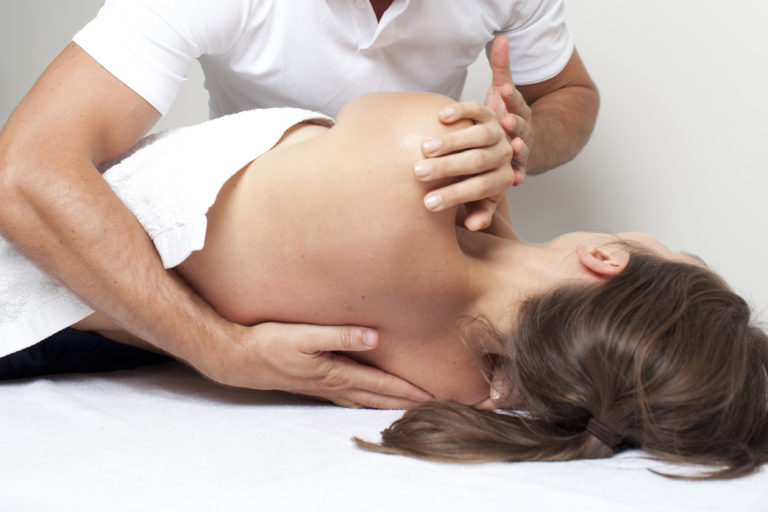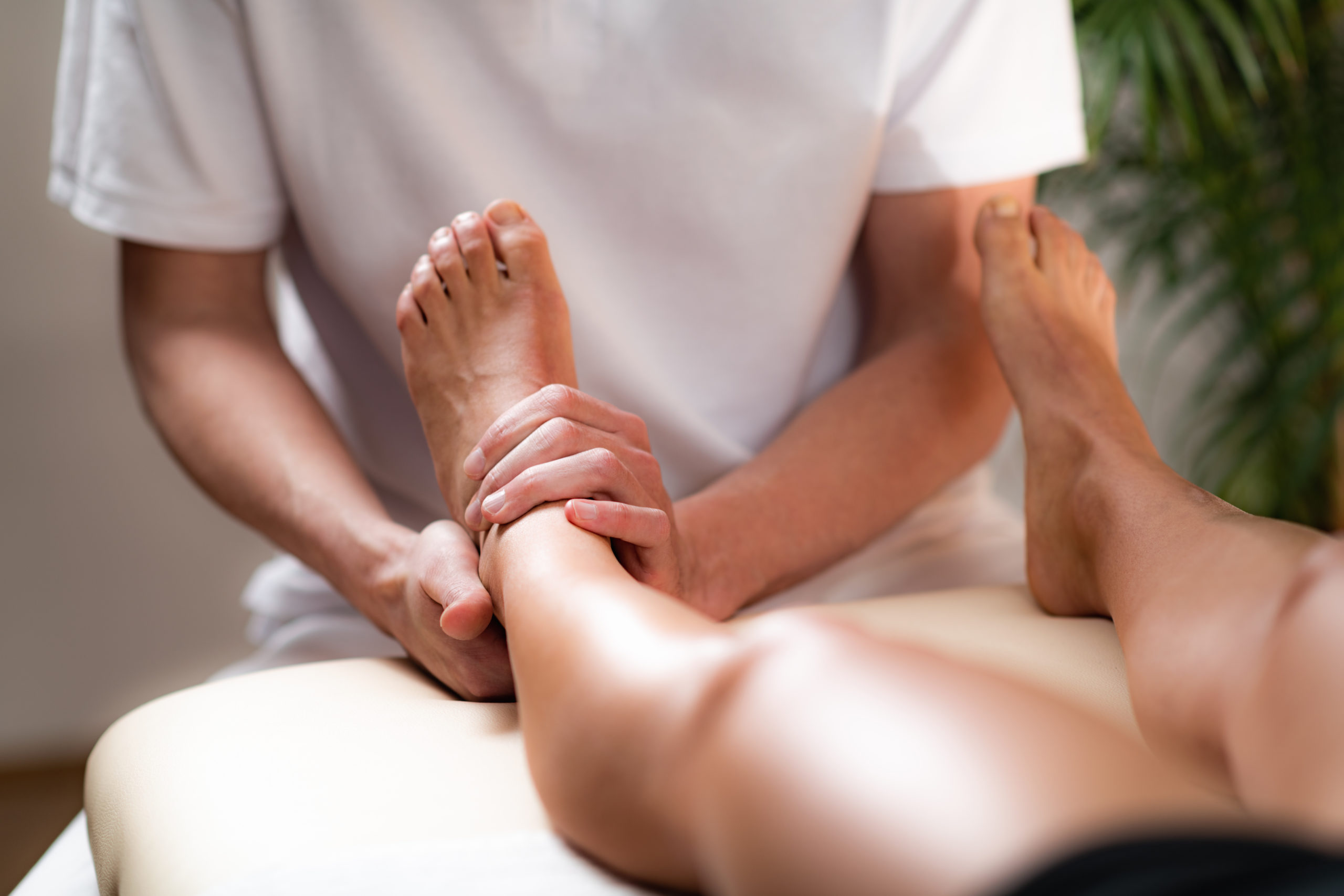Osteopathy in Valencia

In search of the origin of the complaint
Why Osteopathy?
An osteopath is always looking for the causes of a (pain) complaint. The whole body is examined in all its facets (muscles, joints, organs, etc.) to get the fullest possible picture about your situation. Osteopathy focuses on restoring mobility and balance in the body, and for this purpose proves to be a useful healing method for many misunderstood complaints.
Widely applicable
For whom can Osteopathy be helpful?
The short answer is: for everyone! The osteopath has extensive experience in treating so-called somatic (physical) insufficiently explainable physical complaints (SOLK). This makes osteopathy a good complement to other disciplines as a medicine. Therefore, osteopathy can be useful for everyone in treating and certainly preventing the above-mentioned physical complaints. There is also close cooperation with other disciplines because sometimes symptoms or complaints are found that cannot be treated by an osteopath. Moreover, many people go to the osteopath preventively, for a kind of general MOT once or twice a year.

What is the difference between osteopathy and physiotherapy or manual therapy?
We often see that complaints manifest themselves in a different place than where the primary cause is located and that there can be a considerable period (sometimes even years) between the origin and the complaint for which the patient seeks treatment. An osteopath will therefore always examine the entire body and not just focus on the symptom (the pain).
Some examples include:
- An ankle injury can cause back pain or headaches years later.
- A fall on the tail bone can cause migraines or dizziness over time.
- Forceps delivery can result in learning, behavioural or motor disorders in children, or affect pelvic floor tension in mothers.
- Abdominal surgery can cause chair gait problems, back pain, headaches, neck and shoulder pain over time.
Tensions in the skull, for example, can also cause problems, including:
- The rhythm of the craniosacral system changes. This reduces the flow rate of cerebrospinal fluid in the skull. The brain tissue cannot properly remove waste products and numerous complaints can arise, such as headaches, memory and concentration problems, but also behavioral or emotional changes.
- Brain nerve function. They regulate important bodily functions such as digestion, breathing and blood pressure. Due to reduced mobility of the skull, these nerves get ‘upset’, so to speak.
The meninges (the dura mater) extend to the low back via the spinal canal. Problems in the low back can cause symptoms in the neck and head through these membranes, and vice versa.
1
The human being is one biological unit and all the separate parts (systems) influence each other.
2
Everything in the human body is mobile, can move and must move.
3
Human beings carry within them a self-healing capacity, and by restoring the mobility of the tissues, this self-healing capacity can function optimally.

Method of osteopathic treatment
During the initial consultation there will be a comprehensive history taking your medical history. We do this so that a clear picture can be formed of your complaint. This is followed by an extensive physical examination. Here the whole body is examined because the cause of your complaint does not necessarily lie in the painful area. After the physical examination, the findings will be discussed with you and the treatment will start. The total duration of the first consultation will be between 45 and 60 minutes.
The duration of follow-up treatments will be about 45 minutes. If less time is needed, depending on your body’s response to the treatment, in some cases a short consultation of 30 minutes will be sufficient.
As previously indicated, 3 or 4 treatments may be sufficient to resolve the complaint. After 3 treatments it will be evaluated whether there is a positive response. If this is not the case, we will discuss with you whether further treatment is useful.
Get real results
How many treatments do I need?
After three to four treatments, you should definitely notice some progress. In case of persistent complaints, full recovery will take longer and multiple treatments may be necessary. The period between treatments can vary from one week to several weeks or even several months. This is because the body needs time to reach a new balance. In addition, it is recommended to come for a check-up every so often, for example 1 to 2 times a year, to ensure that the complaints do not return. You could see this as a kind of MOT. We regularly take our car or bicycle to the garage or bicycle repair shop, so why shouldn’t we do the same with our own body?

